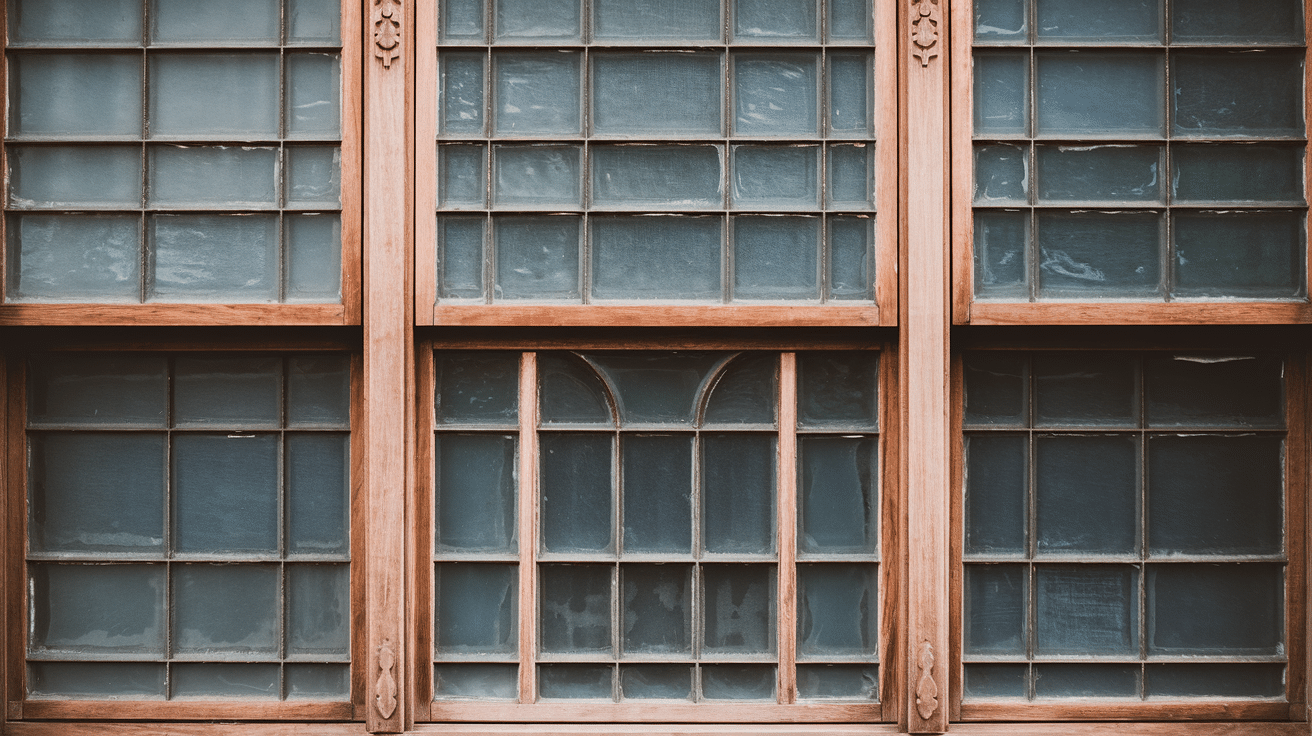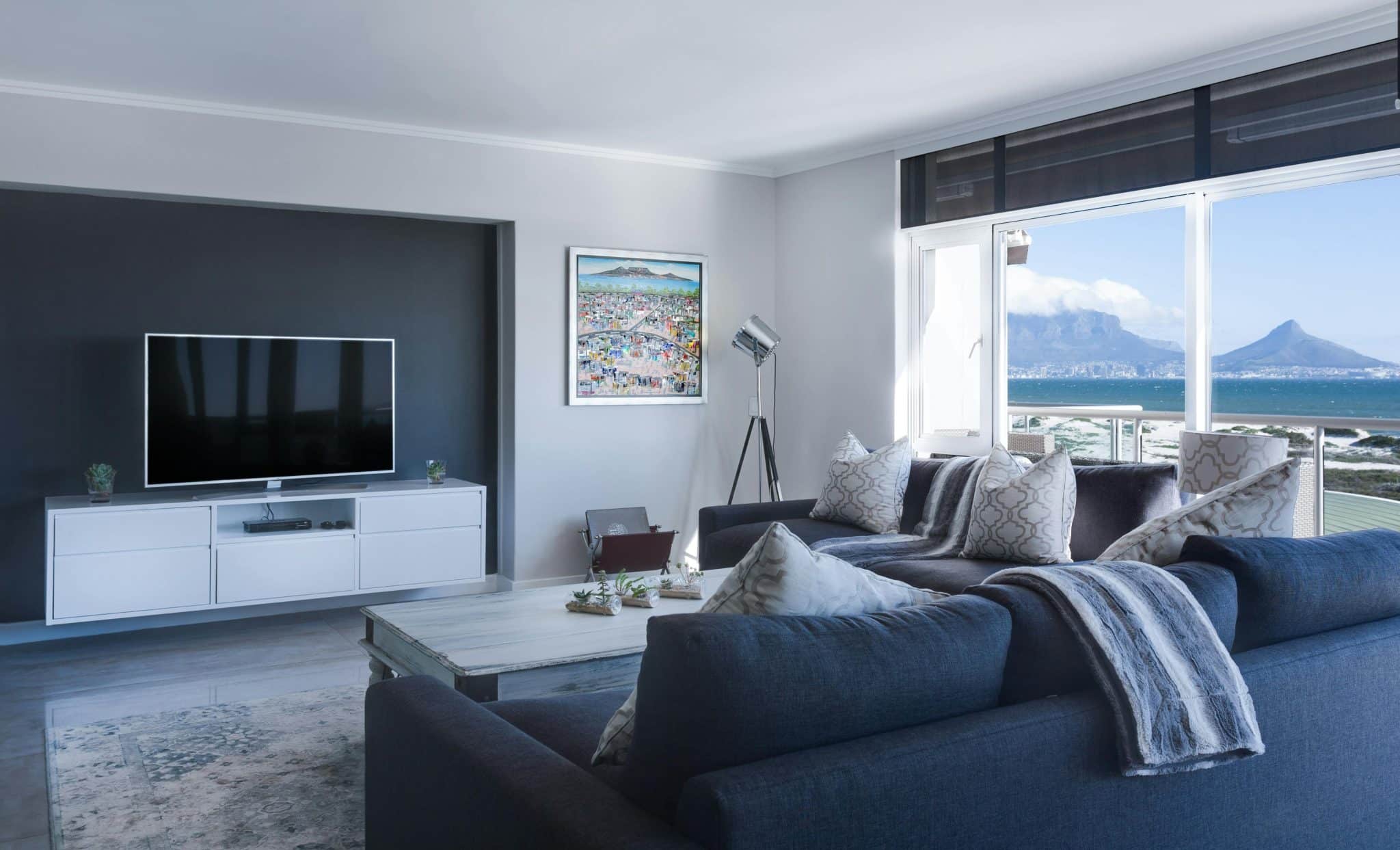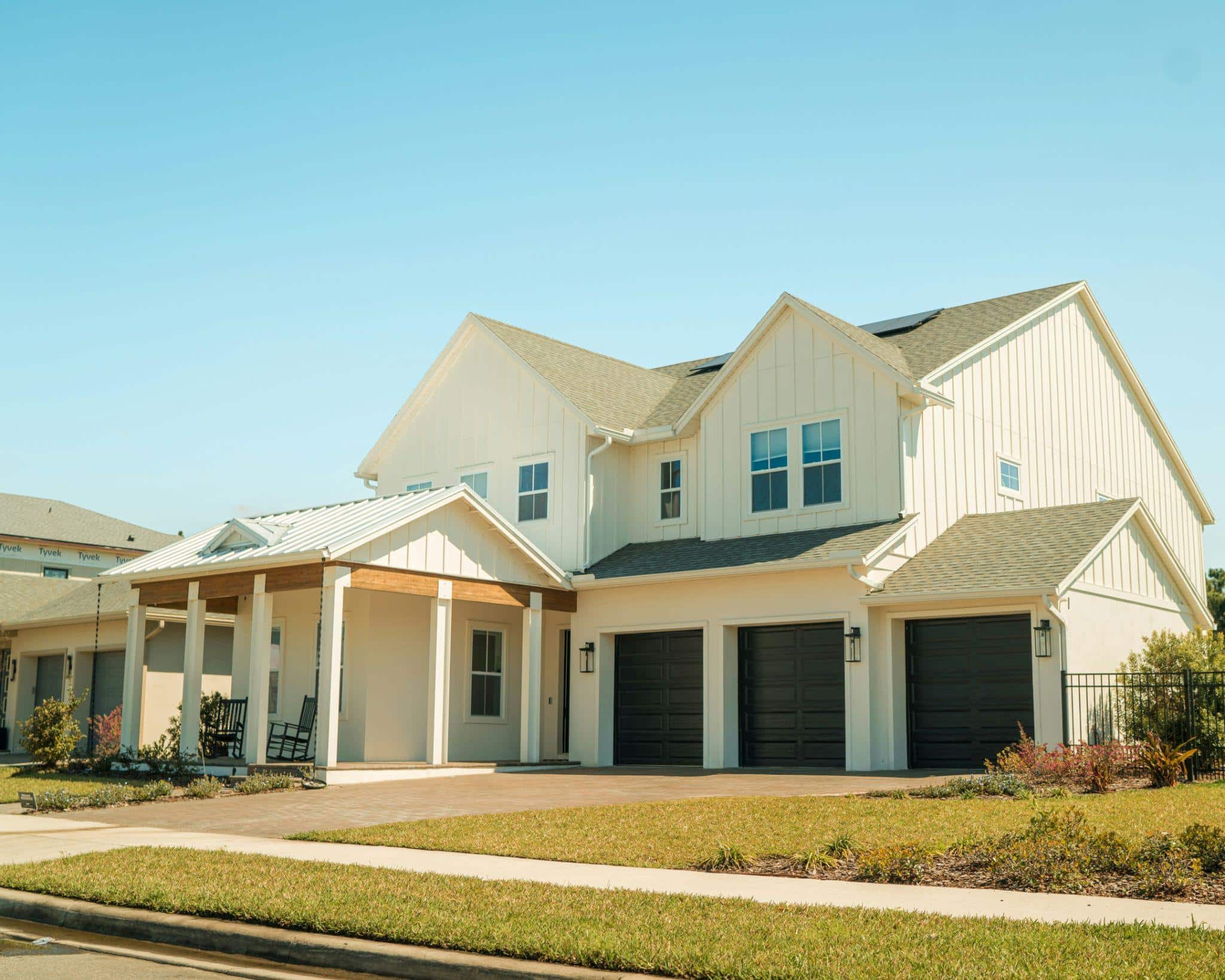Windows does more than let light into buildings. Their designs shape homes and buildings, but some window terms confuse them.
Many people mix up mullions and muntins when talking about window parts. These vertical and horizontal bars on windows serve different purposes in construction.
Proper use of these terms affects the function and style of windows in buildings. Therefore, it matters to homeowners, builders, and designers to get these terms right.
The difference between these window parts can seem small, but knowing which helps you make informed choices.
This guide will explain what sets mullions and muntins apart, how they work in window construction, and which option best fits your needs.
What Are Mullions?
Mullions are sturdy bars that divide window or door openings into smaller sections. Think of them as the main support beams for your windows.
Unlike their smaller cousins, these bars run from top to bottom and can hold multiple window units in place.
How does Mullion Work in Design?
A mullion forms a strong frame that splits large openings into manageable parts. You’re looking at mullion work when you see a big window divided into two or more separate glass panes. These bars make it possible to create bigger window arrangements without losing strength.
Why Does It Work?
Mullions make a real difference in appearance and structure. Large office buildings allow designers to create floor-to-ceiling windows while keeping them strong.
For homes, mullions help unite multiple window units into one clean look and reduce the strain on the building’s frame.
Maintenance Tips: Taking care of mullions helps them last longer:
- Check the seals around mullions yearly
- Clean the surface with mild soap and water
- Look for signs of water damage after heavy rains
- Fix any loose sections right away to prevent bigger issues
- Keep paint or finish in good condition to protect the material
What Are Muntins?
Muntins are thin strips of material that hold small window panes together in a grid pattern.
These small bars fit between glass pieces to create a traditional divided-light look. They often form patterns like squares or diamonds within a single window frame.
How do Muntins work in Design?
Unlike the main support bars, muntins create visual sections within one window unit.
They can be dividers between separate glass pieces or decorative overlays that mimic the classic multi-pane style. Modern windows often use snap-in muntins to create this timeless look.
Why Does It Work?
Muntins add character to plain windows without changing their basic structure. They work well in historic homes where keeping the original style matters.
These small grids also help break up large glass areas, making windows feel more in tune with a building’s size.
Maintenance Tips: Keep your muntins in top shape with these steps:
- Dust regularly with a soft cloth
- Remove stuck-on dirt with gentle cleaning solutions
- Check for loose pieces each season
- Replace damaged sections promptly
- Repaint or refinish when the surface shows wear
Key Differences Between Mullions and Muntins
| Feature | Mullions | Muntins |
|---|---|---|
| Size | Thick, substantial bars | Thin, light strips |
| Main Purpose | Support window structure | Create decorative patterns |
| Position | Run vertically between window units | Form grids within single window panes |
| Installation | Built into a main window frame | Often removable or snap-in |
| Weight Bearing | Yes – support structural loads | No – purely decorative |
| Location | Between separate window units | Inside one window frame |
| Typical Width | Match window frame width | It is much thinner than the frame |
| Design Impact | Create major window divisions | Make smaller visual sections |
| Replacement | Major structural work needed | It can often be done DIY |
| Common Uses | Large window walls joined units | Traditional home designs |
Choosing Between Mullions and Muntins
Your choice between mullions and muntins depends on your project’s needs, building style, and practical concerns. Some projects need the strength of mullions, while others benefit from the style of muntins.
The key is knowing what best suits your space.
| Need/Situation | Mullions | Muntins |
|---|---|---|
| Building Type | Large commercial buildings, offices | Residential homes, historic buildings |
| Window Size | Large window walls, floor-to-ceiling | Standard window sizes |
| Primary Purpose | Structural support | Decorative detail |
| Construction Phase | Initial construction, major renovations | Any time, including after installation |
| Building Style | Modern, contemporary | Traditional, colonial, Victorian |
| Cost Impact | Higher structural work needed | Lower, mainly decorative |
| Installation | Professional installation required | It can be DIY or professional |
| Maintenance | Part of the building structure | Removable, easier to maintain |
| View Impact | Creates major divisions | Creates smaller visual sections |
| Light Entry | Fewer divisions, more light | More divisions filtered light |
| Customization | Limited structural concerns | Highly customizable patterns |
| Energy Efficiency | Can support double/triple glazing | Usually decorative only |
Remember to check local building rules and consider long-term care when choosing. Also, consider how often you’ll clean the windows and what maintenance you can handle. Your budget and energy bills also affect the final decision.
Design Trends: Mullions and Muntins in Modern Architecture
Today’s buildings blend old and new window styles in fresh ways. Window designs have shifted from complex patterns to simpler looks that serve both form and function.
Builders find new ways to use these traditional elements while meeting modern building needs. The result combines practical window solutions with clean design choices.
This shift marks a new chapter in architectural window design, where every element serves a clear purpose. The balance between old-world charm and modern efficiency creates timeless and current spaces.
1. Current Usage Patterns
Modern buildings often use mullions smartly, especially in commercial spaces. Glass walls stretch from floor to ceiling, supported by well-placed mullions that create visual rhythm.
Steel and aluminum frames replace older wooden supports. Big windows need strong structures, but today’s designs make these supports look light and airy.
Many new homes feature window walls where mullions create a pattern of rectangles and squares. These patterns help break up large glass areas while maintaining open views.
Builders now place mullions to frame specific views or create subtle borders between spaces. This thoughtful placement turns structural needs into design features.
2. Contemporary Applications
Window makers now offer options that fit many styles and needs. Black-framed windows with minimal muntins give homes an industrial feel.
Some designers split large windows into smaller sections with thin metal mullions. Others use removable muntins to switch between modern and traditional looks.
New materials let builders create stronger windows with thinner frames. This flexibility helps buildings match their surroundings while staying current.
Smart window designs now include options for better heating and cooling. The combination of style and function shows how window design is continually improving.
3. Style Impact
Modern buildings show a clear shift toward simpler window designs. Architects often choose clean lines over fancy grids. When muntins appear, they form basic patterns that catch the eye.
Large glass panels with dark mullions create strong visual effects. Some buildings mix window styles, using divided and clear panes to add interest.
These choices reflect current trends toward open, bright spaces. More builders use windows as main design features rather than just functional elements.
Light control and views become part of the artistic planning process. Carefully using mullions and muntins helps create spaces that feel open and structured.
Conclusion
The choice between mullions and muntins affects how your windows look and work. Each option benefits window design, and knowing the difference helps you make better choices.
Mullions provide the strength needed for large windows and multiple window units. They create strong frames that support both the glass and building structure.
Meanwhile, muntins offer ways to add style and character through smaller window divisions.
When planning your window design, carefully consider your building’s needs and style. Think about practical matters like cleaning and upkeep alongside how you want your space to look.
These choices will affect your building’s appearance and function for years. For the best results, talk with window experts who understand both options.











